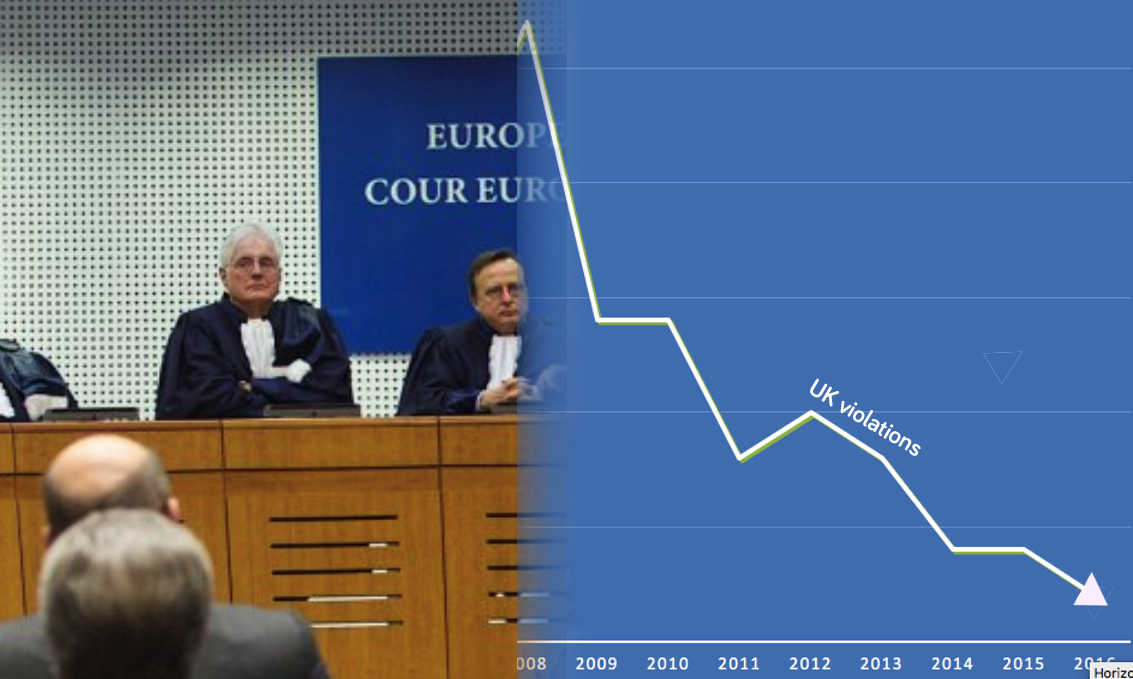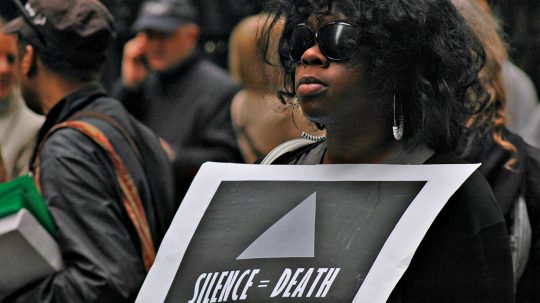At the heart of the government’s Bill of Rights proposals is limiting the influence of the European Court of Human Rights. But new research suggests that the European Court is dramatically less influential to our legal system than it was even a few years ago, with the number of UK cases dealt with and human rights violations found against the UK dropping off dramatically. In other words, job done.
We have taken a look at the statistics, all of which can be found on the European Court of Human Rights website. This is what we think they mean.
1. Far fewer UK cases are being considered by the Court
From 2005 to 2012, over 1,000 UK cases were ‘allocated to a judicial formation’ each year. That is the first stage of the Court’s filtering process – it means an application is in time and complies with the Court’s procedure. The number leapt up to 2,743 in 2010 – we think that is probably an outlier, caused by around 1,000 repetitive prisoner votes cases caused by the UK’s failure to implement the Hirst No. 2 (prisoner votes) judgment from 2005.
But after 2012, the numbers dropped dramatically, to the few hundreds. In the last full year, 2015, there were only 575 applications, less than half of the peak rate.
2. There are many less judgments against the UK
The figures here are really striking. At its peak in 2001-2, the Court found against the UK in 30 cases. The average since 1998 has been 14 each year. Between 1999 and 2010, the number never dropped below 10.
But since 2012, the number of judgments where the UK has been found to have violated human rights has dramatically fallen off, to only four in 2014 and 2015. This is around a third of the average, and the number is clearly dropping over a 7-year period.
3. Almost all of the UK cases are being struck out
Of the cases against the UK that have actually been decided by the Court since 1998, 97.4% have been struck out or declared inadmissible. Only in 1.5% of cases has the ECtHR found that there have been violation(s) by the UK government.
4. UK cases are only a tiny proportion of cases overall
 In comparison with other countries who have signed the ECHR, there are currently very few cases pending against the UK at the ECtHR. Far from being a particular focus of the Court (as you may believe from reading the newspapers), UK cases only form a tiny part of the workload of the Court, which focusses instead on Turkey, Ukraine, Russia, Italy and Hungary, all states with far bigger human rights challenges than the UK.
In comparison with other countries who have signed the ECHR, there are currently very few cases pending against the UK at the ECtHR. Far from being a particular focus of the Court (as you may believe from reading the newspapers), UK cases only form a tiny part of the workload of the Court, which focusses instead on Turkey, Ukraine, Russia, Italy and Hungary, all states with far bigger human rights challenges than the UK.
Why is this happening?
There are a few possible explanations for the huge drop off in numbers. It may be because the UK is committing fewer human rights violations. It may be, as some have suggested, that the Court is taking seriously the UK’s strong lobbying for it to intervene less in local human rights issues. It is notable that the high watermark in recent times was 2012, the year that the Coalition Government organised the Brighton Conference where the Council of Europe agreed a stronger emphasis on ‘subsidiarity’, in other words interfering less with governments
Or it may be because fewer people are bringing claims to the ECtHR in the first place. This would also make sense, as the decline (also seen in the chart above) has coincided with the Human Rights Act (HRA) taking effect in 2000 and slowly becoming embedded into our legal system. The stated aim of the HRA was to “make more directly accessible the rights which the British people already enjoy under the Convention. In other words, to bring those rights home“. Before the HRA, the only way people in the UK could access their rights was through the long and costly road to the European Court of Human Rights in Strasbourg. Now they can go to their local court.
Whatever the reason, it does look like the government’s aim to reduce the influence on the European Court of Human Rights is happening anyway. This raises the question of why bother with a Bill of Rights at all.
This post is the opinion of the authors, not RightsInfo
Find out more about the European Convention on Human Rights and the effect it has on the UK in our ECHR Uncovered infographic.










